Welcome to Gardens Around the World a new series where I’ll be sharing observations and thoughts about gardens I visit around the world. Kicking it off with a verdant oasis nestled within the heart of Almaty, where nature's splendor and human artistry intertwine harmoniously, the Almaty Botanical Garden.
During this post, we’ll take a closer look at this marvelous 104 ha Botanic Garden including it’s history, layout, unique features, a look at some of the interesting plants I met, a few gripes and some general visiting info.
Brief History of the Garden
The Almaty Botanic Garden, located in the center of Almaty, Kazakhstan, has a rich and storied history that spans over seven decades. It has evolved from a modest plant collection into a thriving center for biodiversity conservation, education, and research. The Garden was established in 1932 during the Soviet era with the primary purpose to study and cultivate plants that were native to the region as well as those from other parts of the world and for the preservation of rare and endangered plant species. In the post-world war period, the garden expanded its collection of plants and developed a more systematic approach to plant conservation. Following the dissolution of the Soviet Union in 1991, Kazakhstan gained its independence and the Almaty Botanic Garden continued its mission of plant conservation, research, and education but by the early 2000s, was on the verge of elimination with plans to sell the entire territory of the botanical garden for the construction of an elite cottage city, an entertainment center, and a residential complex.
Fortunately by 2006 the garden was provided with "Specially Protected Natural Areas of National importance" status and since has modernized its facilities, expanded its educational programs, and strengthened its focus on biodiversity conservation, collaborating with international organizations around the world.
A large-scale reconstruction took place in 2019 for the first time in half-century and resulted in a beautiful wetland section and legume meadow around the southern entrance among many other new features.
Garden Layout
There are three entrances, one to the West, the main central entrance in the North and a Southern entrance.
The garden sits 856 - 906 meters above sea level with the dramatic Tian Shan (Mountains of God) watching over providing a stunning backdrop as you make your way through the various expositions of the garden arranged according to the botanical-geography of the plants. Flora of Kazakhstan, Europe, Siberia, Far East, Crimea, Caucasus, North America and the Far East are represented.
Main access routes through the garden are each dedicated to Avenue plantings of the same species of tree with an understory composed of a variety of volunteer herbaceous plants that are left to grow and probably cut back during late autumn or winter.
The South east of the garden is dedicated to a nursery that supplies plants for the city as well as the garden and has a team growing plants for the restoration of indigenous fruit forests, more on that later.
Unique Features
Wild Tulip Collection - It’s not common knowledge that Tulips originated in Central Asia, most probably in the foothills of Tian Shan nearby Almaty around 10 million years ago. Although they come from this region, Tulips were first cultivated in Iran (Persia) as early as the 10th century and by the 16th century, tulips were being cultivated in the Ottoman Empire where they made their way to Europe eventually instigating one of the biggest financial bubbles in the history of mankind “Tulipamania” :)
There are 35 species of wild tulips in Kazakhstan , 18 of them are listed in the Red Book. Of these 35 species, Tulipa greigii, Tulipa kaufmanniana, and Tulipa schrénkii represent the origin of 75 percent of tulip cultivars in existence
Tulipa kaufmanniana is great-grandmother to approx. two hundred modern varieties. In 1960 the species featured on a USSR postage stamp
You can find a wonderful collection of tulips in the garden with 13 of the rarest species of wild tulips on display. Unfortunately I did not get to see these but hope to return in the Spring at some point to catch the wild and domesticated plants in flower.
Squirrels and Pheasants - Common Pheasant - Phasianus colchicus and Red Squirrel - Sciurus vulgaris appear quite accustomed to the humans strolling through their territory and can be seen around every corner. I’m not sure whether the pheasants are wild or not (they are native to this part of world) but the Red Squirrel can be seen throughout the city so I assume they are.
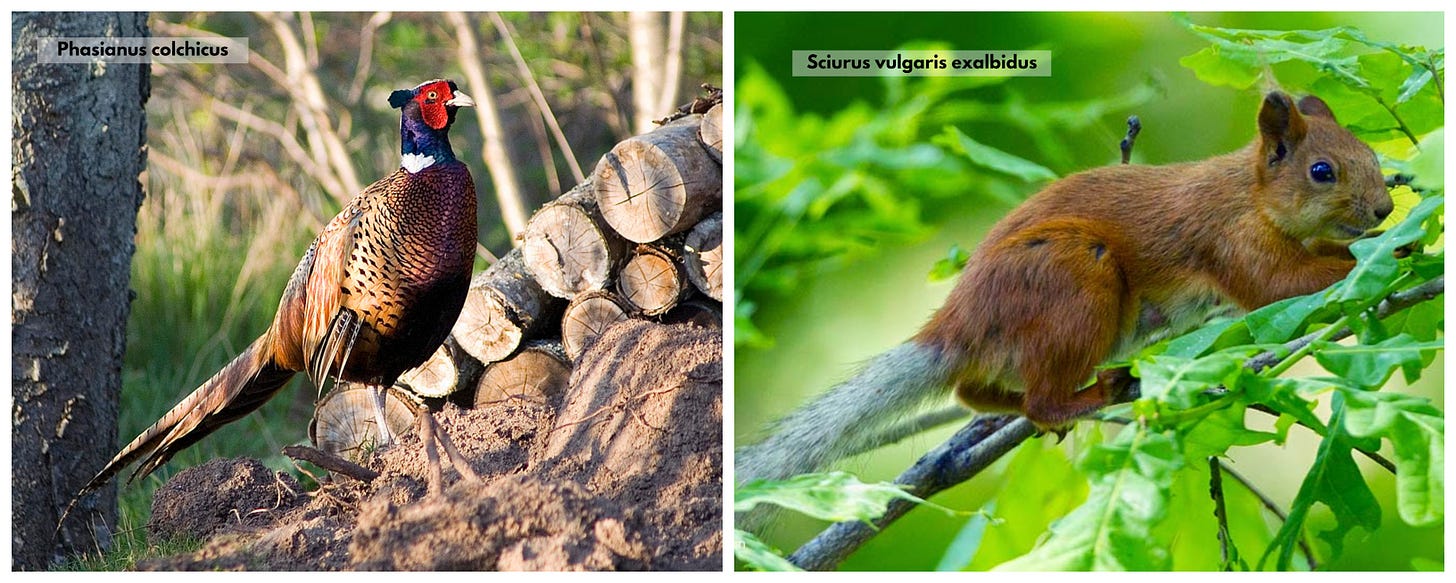
Legume Meadow - The Southern entrance of the garden was recently landscaped in 2019 and includes an excellent example, of a mixed species legume wild flower meadow with young Betula spp. planted around the edges
I’ve often wondered how well a mix of nitrogen fixing herbaceous plants would establish and develop , enchanting and extremely healthy in this case.
At a glance the mix included Onobrychis viciifolia, Lotus corniculatus , Medicago sativa , Securigera vari and Trifolium pratense
Plants of Interest and Observations
I'm not used to encountering Echinops spp. amidst and along the borders of woodlands, but numerous gaps and edges within the forest-steppe section of the Botanical Garden were adorned with these striking plants.
Tanacetum vulgare - Tansy probably a cultivar with a larger inflorescence than usual. Tansy is used as an insect repellent , specifically for flies and mosquitoes but is incredibly attractive to beneficial insects and one of favorite support plants in our forest gardens . It is also considered an effective treatment for a variety of health problems, including stomachache, fever, and menstrual cramps.
What I think is Oenothera parviflora - Evening Primrose appears among the grass verges . A native to northeastern North America but now widespread throughout the temperate regions and in some cases spreading rapidly and outcompeting native plants. It seems to be behaving well in the garden. Its an unusual plant in that the flowers only open at night and are pollinated by nocturnal moths. The flowers' pale yellow petals emit a strong fragrance in the evenings to attract the moths. When a moth lands on the flower, its weight triggers the petals to open wide, exposing the pollen. The moth then picks up pollen on its fur, which it transfers to other flowers when it visits them. The oil from its seeds can be used for medicinal purposes and is high in gamma-linolenic acid (GLA), an omega-6 fatty acid that has been shown to have anti-inflammatory and other health benefits.
It was the first time I’ve across Berberis x macracantha that has noticeably larger fruits than most Berberis spp. These plants were looking very comfortable on the edge of a woodland area. The fruits were not quite ripe so I’m not sure how they taste but dried Berberis berries (zereshk) are delicious when prepared in a number of Persian dishes.
Physocarpus opulifolius - Common Ninebark, is a species of flowering plant in the rose family Rosaceae, native to eastern North America. It's used extensively for hedging in the Almaty Botanical Garden mixed with a green cultivar or maybe a different species that creates a impressive variegated display.
One of the most striking things for me about the trees in the garden was the absence of fruit on species that should be full of fruit this time of year. I’m not sure whether there was unfavorable weather during critical periods of blossoming or fruit development or that the relatively high altitude the garden is located means this is a normal occurrence but inside and outside of the garden there was very little fruit around.
These beautiful Prunus maackii, commonly called the Manchurian cherry or Amur chokecherry, a species of cherry native to Korea and both banks of the Amur River. The fruit is a small cherry-like drupe 5–7 mm diameter, green at first, turning first red then dark purple or black at maturity. Flowering is in mid spring, with the fruit ripe in early summer to early autumn.
What I think is Prunus sogdiana is a cherry-plum from Central Asia, attractive both in flower in spring, and in summer when it should bear abundant sweet fruit. I did not see a single plum on any of the trees. The plants are very similar to the Prunus cerasifera that is very common in the Balkans and a very reliable fruiting tree in our gardens.
There were a few fruiting plants such as some plants within thickets of Prunus spinosa (most of the plants were bare of fruit) and a few Sambucus nigra shrubs. Probably the most reliably fruiting plant was Crataegus spp. along with Rosehips - Rosa spp.
Regenerative Landscape Design - Online Interactive Course
Want to learn how to design, build and manage regenerative landscapes? Join us on our Regenerative Landscape Design - Online Interactive Course. We look forward to providing you with the confidence, inspiration, and opportunity to design, build and manage regenerative landscapes, gardens, and farms that produce food and other resources for humans while enhancing biodiversity.
You can find the course details here and at the moment we have a $300 ( 20%) discount for full enrollment to the course. Just use RLD2024 in the promo code section of the registration form to receive your discount.
Special Area of Interests and Research
The garden has been actively involved in the conservation of Kazakhstan's native plant species, some of which are endangered, and participates in seed banking and preservation programs to safeguard plant genetic diversity.
Of prominence is Malus sieversii a species of Apple endemic to South Kazakhstan and confirmed to be mother of the entire global cultivar diversity of apples.
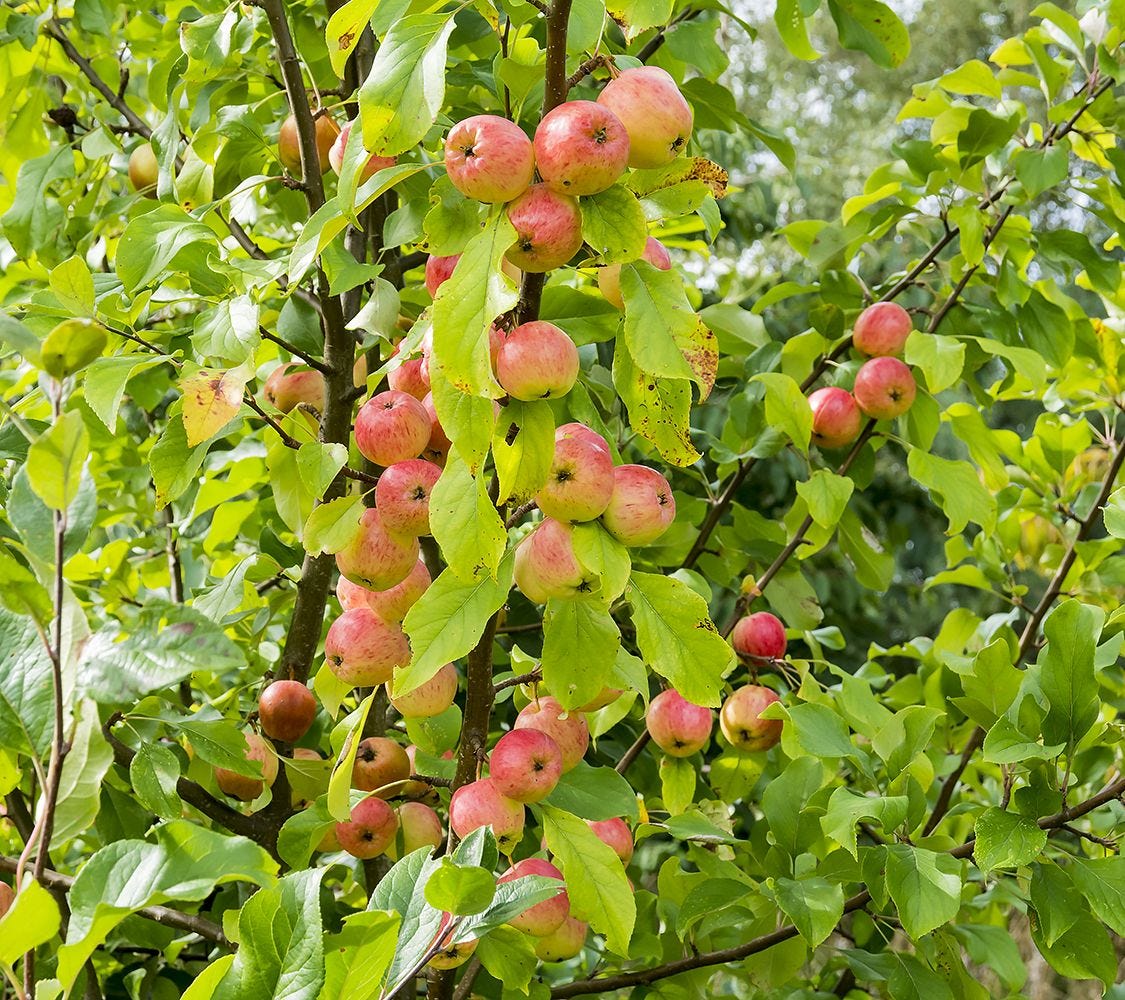
The species has the capability to reproduce vegetatively as they form root suckers, or basal shoots with identical genetic materials to the mother plant. The nursery of the botanic garden has collected various forms of wild fruiting plants for the restoration of indigenous fruit forests including ;
24 forms of Malus sieversii selected from the peak of Tarbagatay and 14 forms of Malus sieversii selected from the mountains of the West Tyan Shan
10 forms of Prunus armeniaca - Apricot from the mountains of Zailiyskiy Alatau (Zhetyzhol peak)
8 forms of Prunus sogdiana from the mountains of West Tyan Shan
Herbert Audwinkle, an expert on apples at Cornell University in the US has noted that “Kazakh Apples are unique resources for the planet and are valuable due to their resistance to pest and disease”.
Gripes
Labelling is not great in the garden with the majority of plants having no visible labels and some with nursery tags that are difficult to read. Some of the most interesting areas of the garden are fenced off, such as the Allium garden. I believe the tall Onion you can see in the photo below is Allium pskemense a rare red-booked plant endemic to the west side of the Tian Shan Mountains in Kazakhstan and considered as one of the ancestors of cultivated onions.
The medicinal herb garden was another area that looked stunningly beautiful and full of interest but was behind a fence. These areas are research gardens so it does makes sense to keep them cordoned off especially as the garden does receive a lot of visitors.
Although the garden is really well sign posted with clearly labelled maps on large boards wherever you need them, there is no digital or paper version of this map available as far as I could tell. I found the below photo on google.
Overall it was an absolute pleasure to visit the garden and I’m extremely grateful for the hard work and determination of the many people that have worked towards creating and maintaining this beautiful space.
Visiting Details
Opening times - Open every day from 10:00 to 20:00. The last admission is at 19:00.
How to get there
Northern (Central) Entrance - This is the main entrance to the garden, and it is located on Timiryazev Street. You can get there by taking the following buses: 18, 30, 32, 45, 70, 79, 123, 124, 205, or trolleybuses 9 and 11. Get off at the «Botanical Garden» bus stop.
Western Entrance - This entrance is located on Zharokov Street. You can get there by taking the following buses: 19, 56, 113. Get off at the «Utepov St.» bus stop.
South Entrance - This entrance is located on Al-Farabi Avenue. You can get there by taking the following buses: 38, 63, 86, and 127. Get off at the «Botanical Garden» bus stop.
Snacks and Coffee - There are coffee shops at the North and South Entrances
Entrance Fee - The entrance fee is 500 tenge (about $1.50) for adults and 300 tenge (about $0.75) for children and students. You can buy tickets at the entrance to the garden or online. Cash, cards, Google Pay etc. are accepted
There is no charge for children under the age of 7
Website - www.botsad.kz
Email - institute@botsad.kz
Support Our Project
If you appreciate the work we are doing you can show your support in several ways.
Become a member of the Polyculture Project by subscribing to our Substack
Make a purchase of plants or seeds from our nursery or Online Store
Consider joining us for one of our Courses or Online Courses
Comment, like, and share our content on social media.
Make a direct donation via PayPal to balkanecologyproject@gmail.com
We offer a diversity of plants and seeds for permaculture, forest gardens, and regenerative landscapes including a range of fruit and nut cultivars. We Deliver all over Europe from Nov - March. - Give a happy plant a happy home :)
Welcome to our Online Store where you can find Forest Garden/ Permaculture plants, seeds, bulbs, and Polyculture multi-packs along with digital goods and services such as Online Courses, Webinars and eBooks. We hope you enjoy the store and find something you like. It's your purchases that keep our Project going.
You can also find our full list of trees. shrubs and herbs for forest gardens on our nursery website.


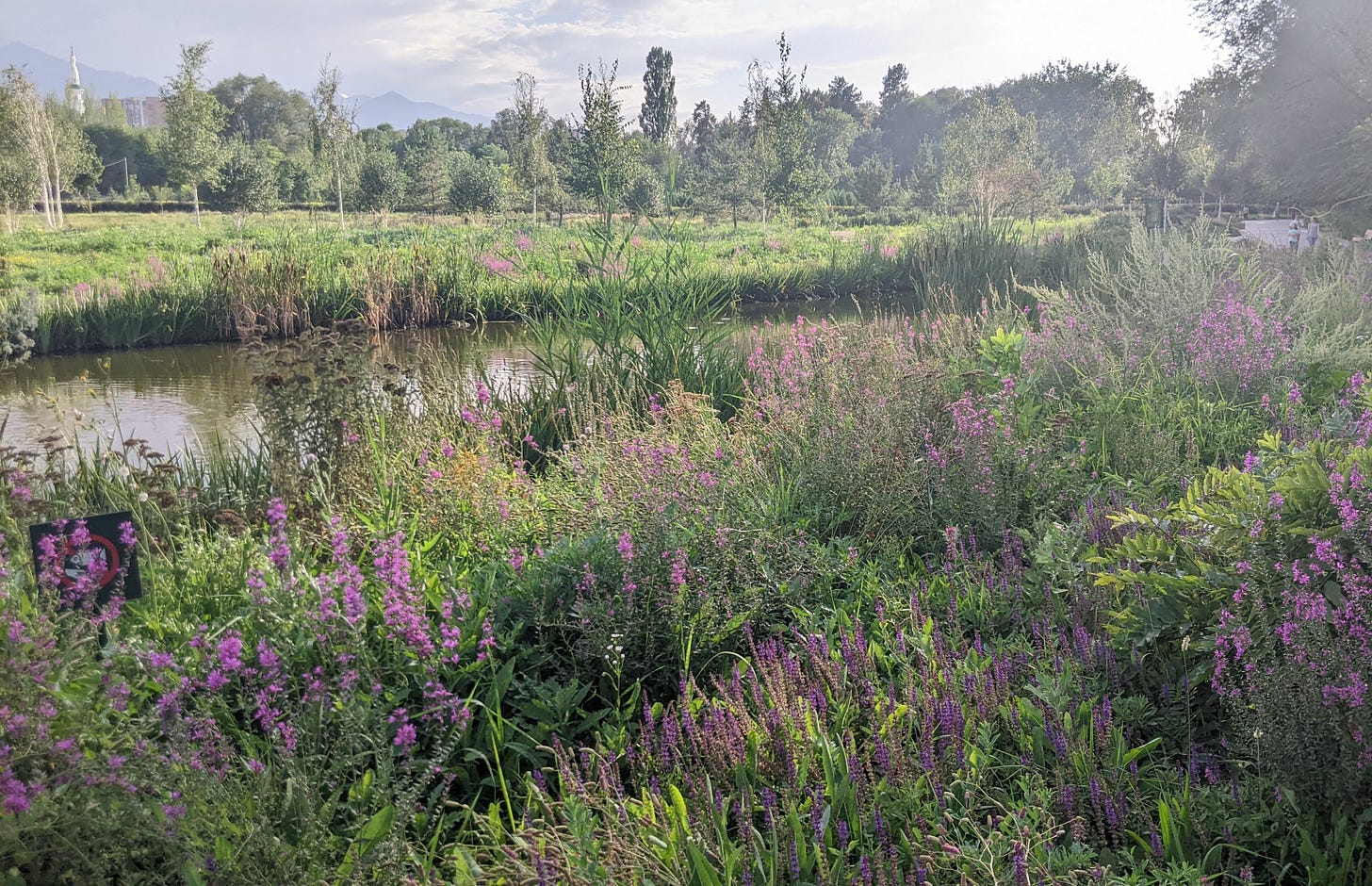

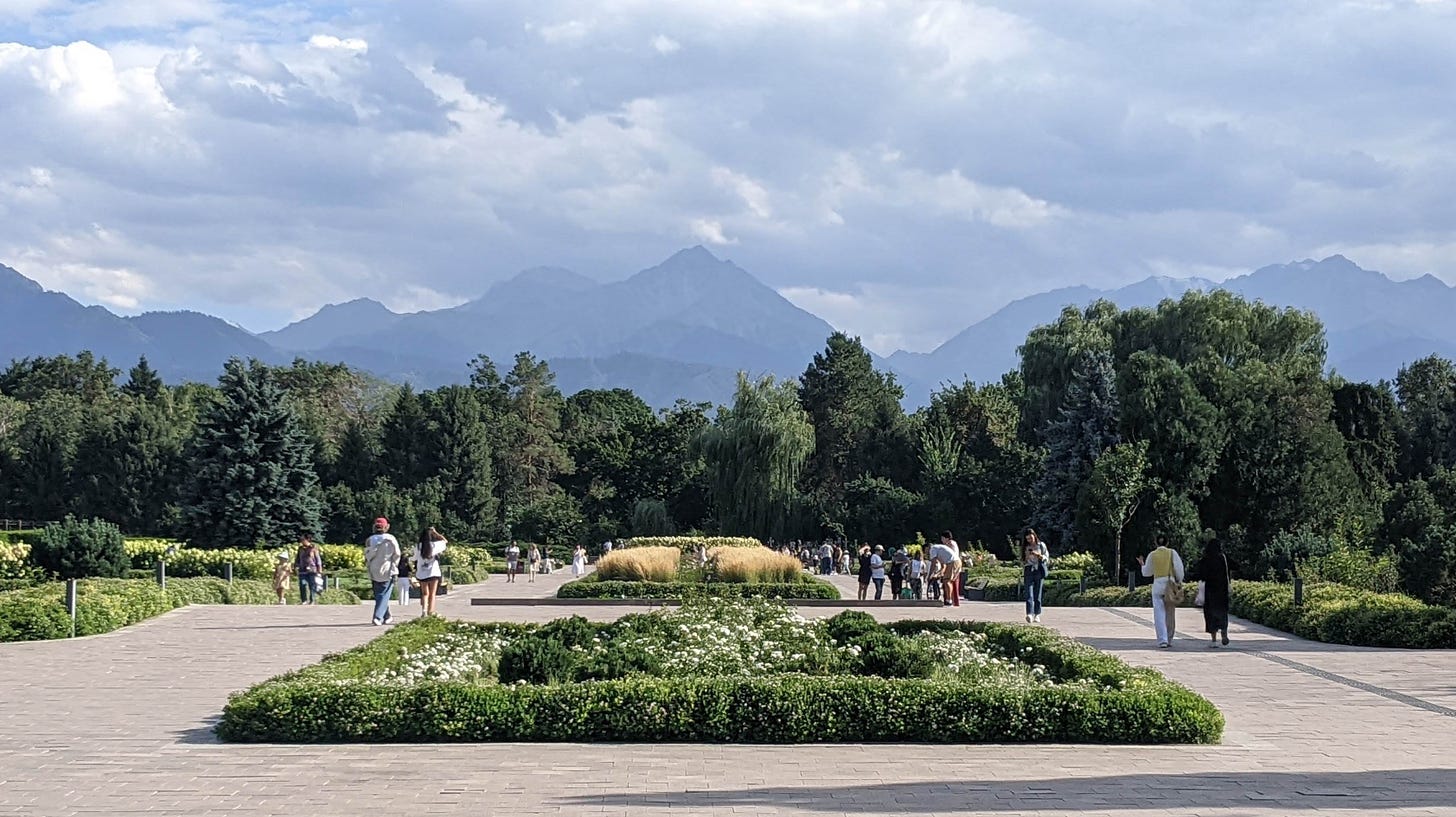

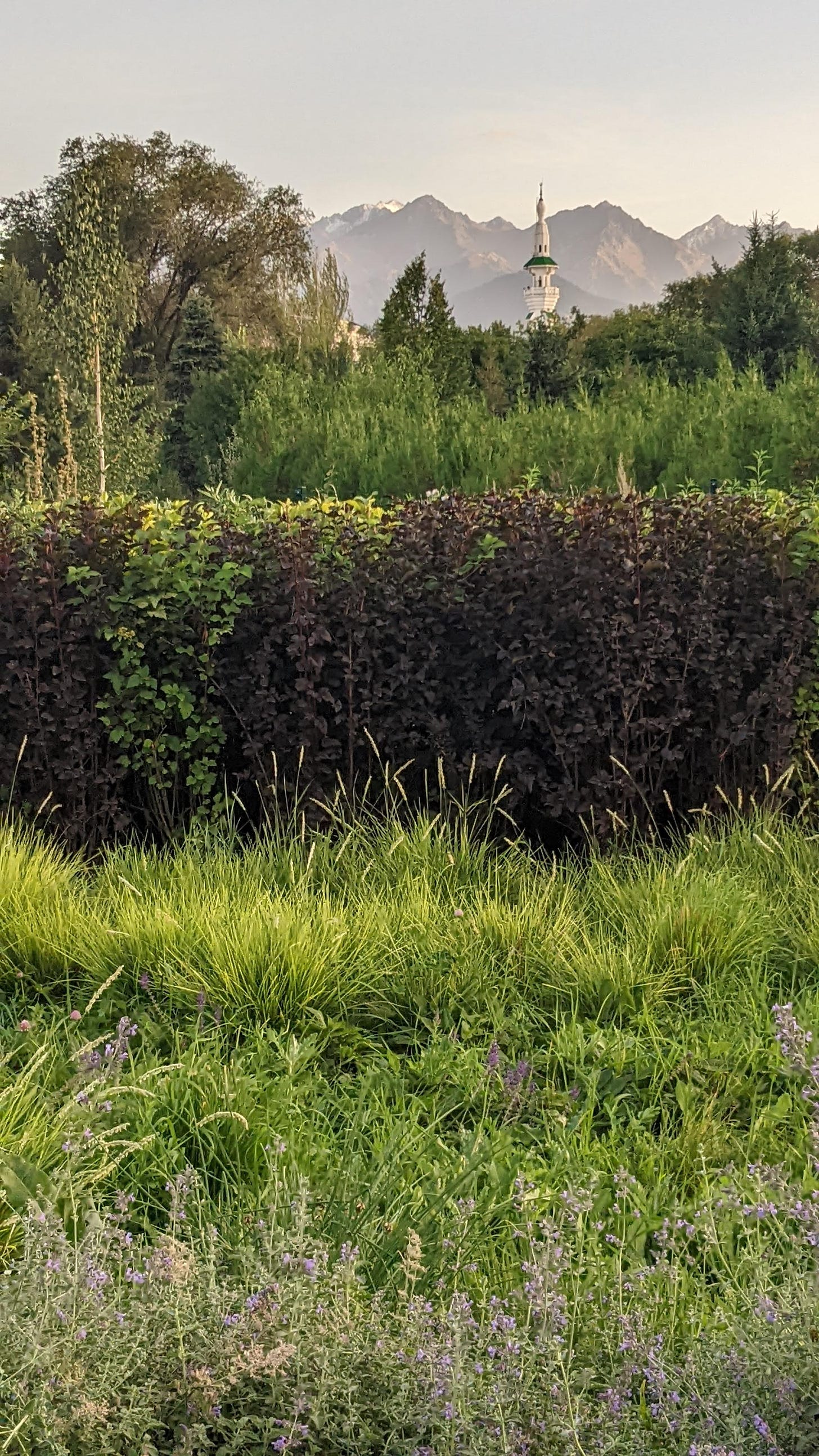



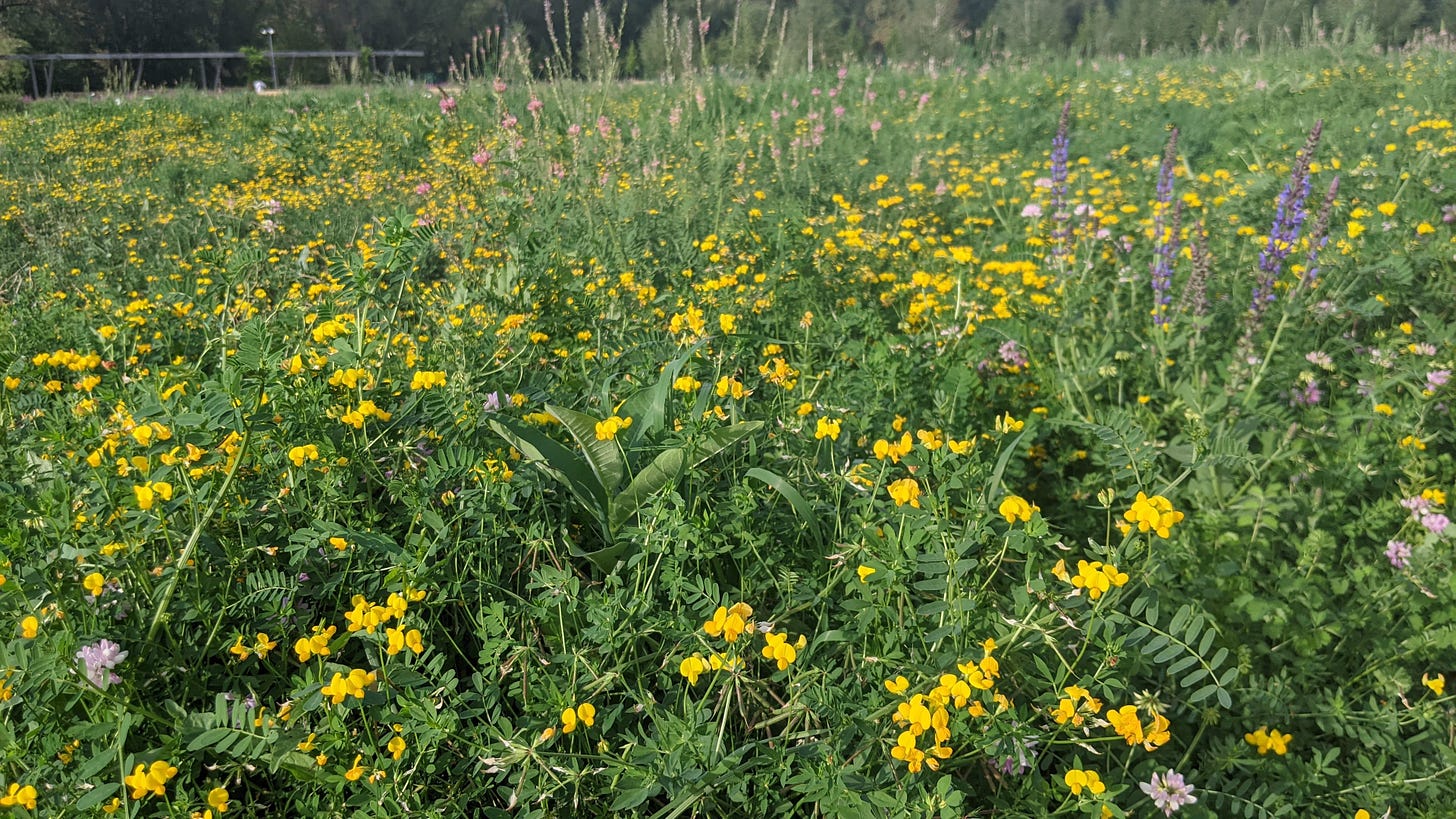
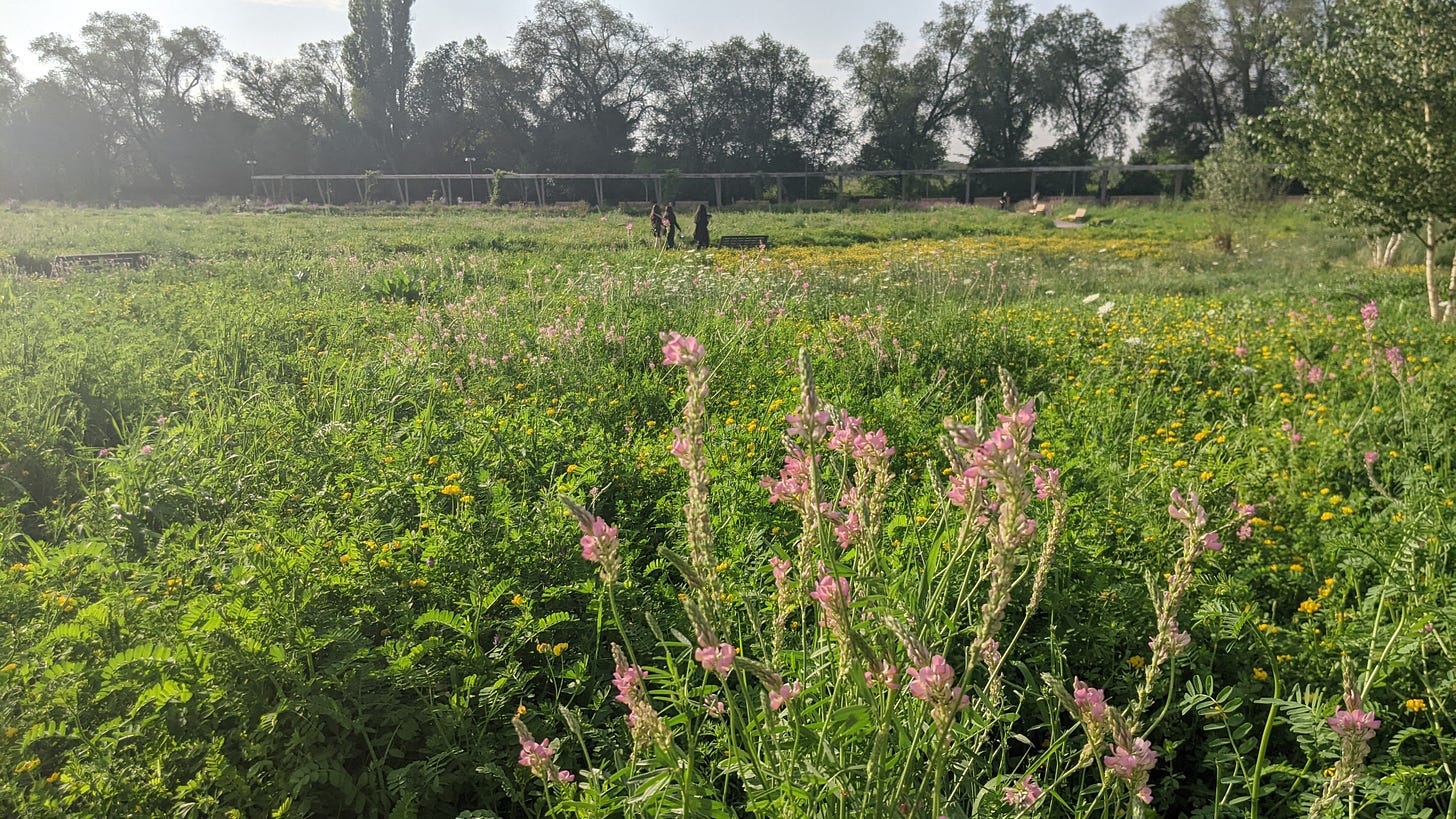
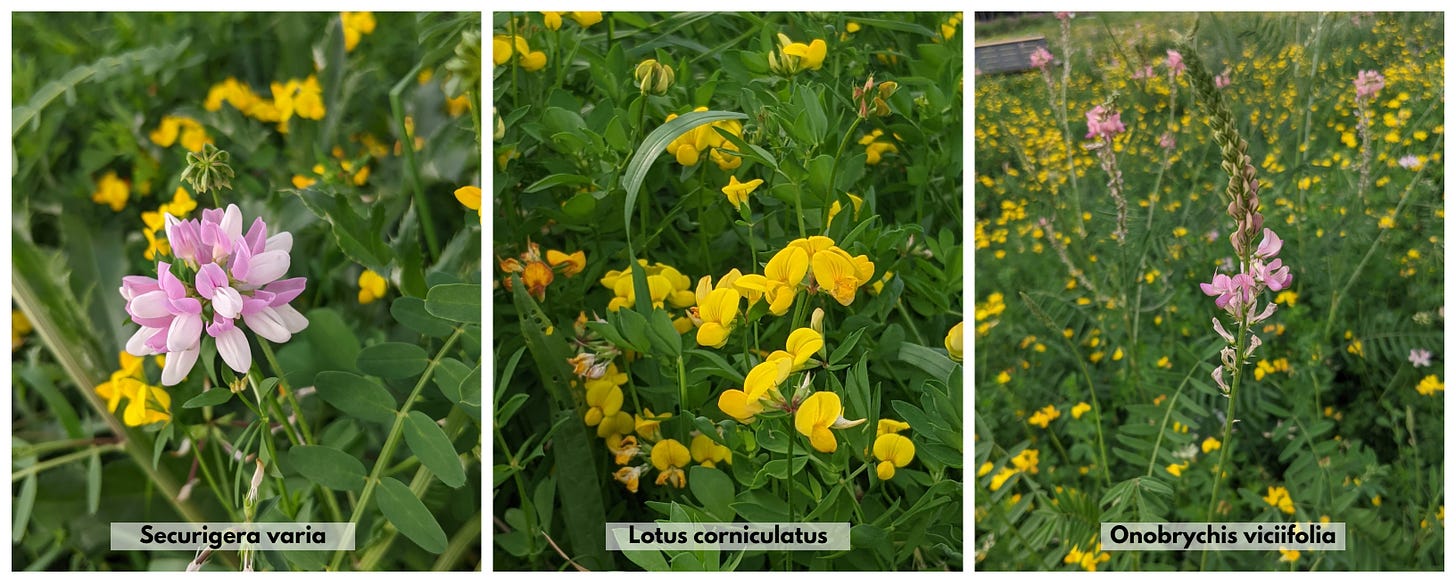
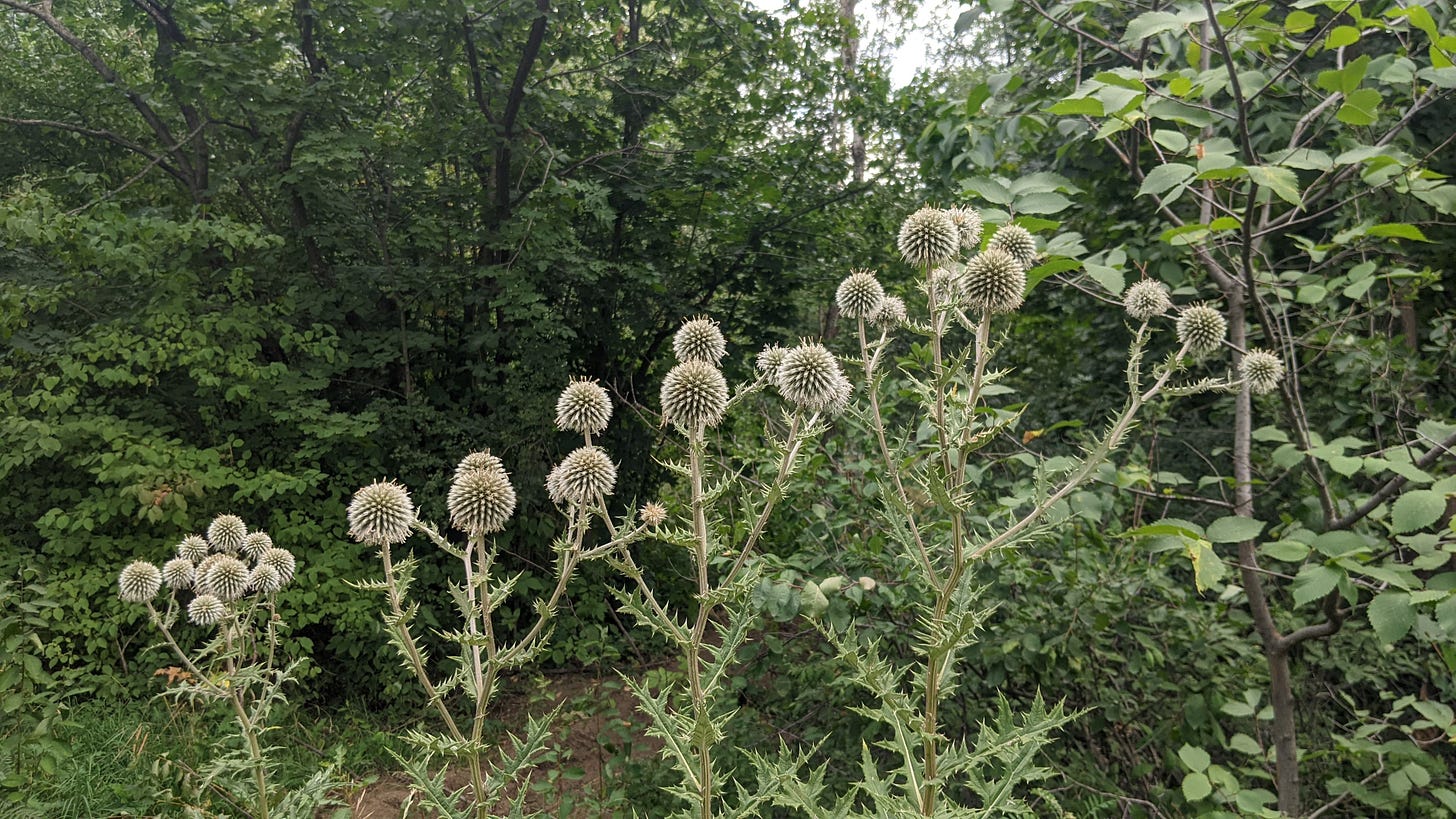
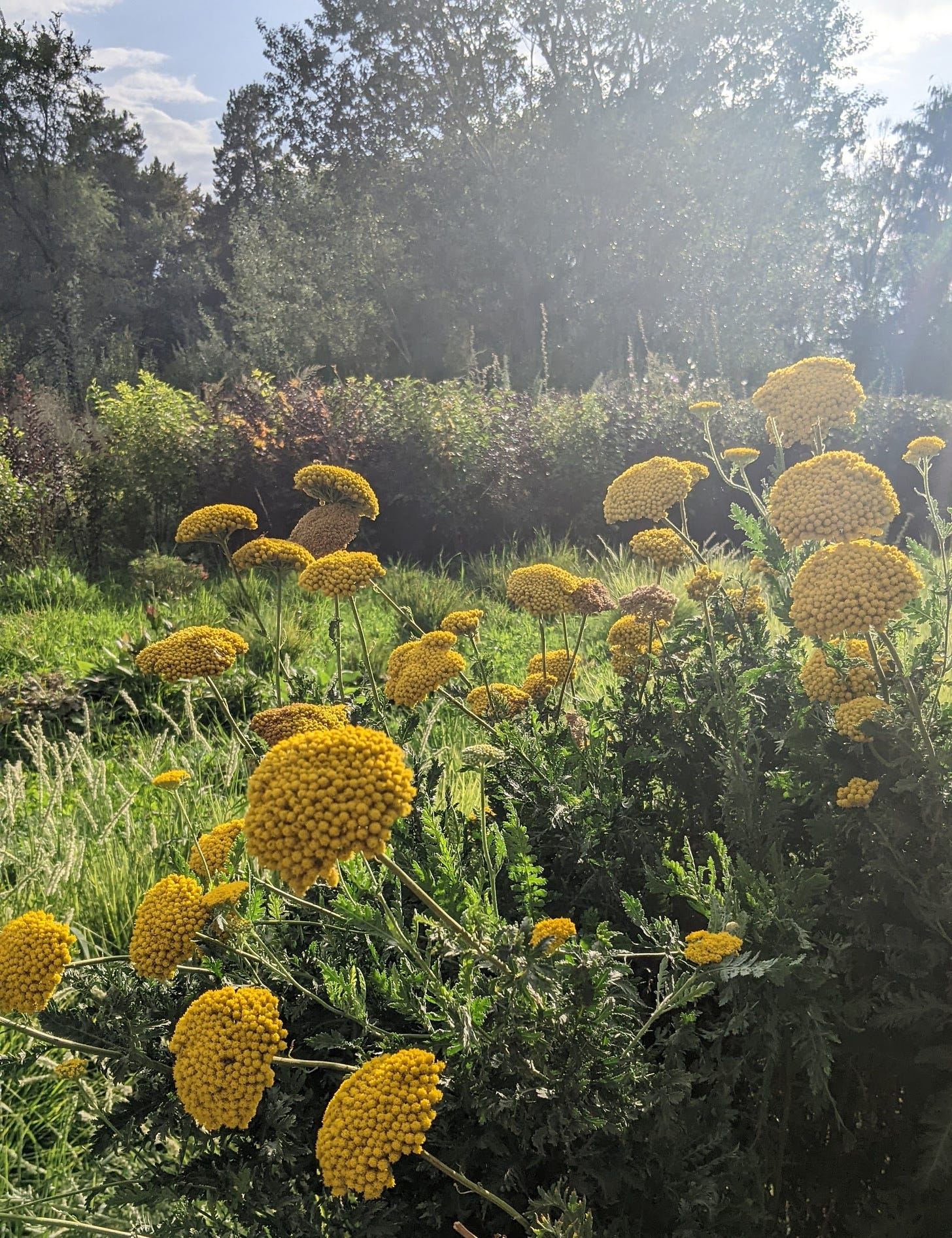
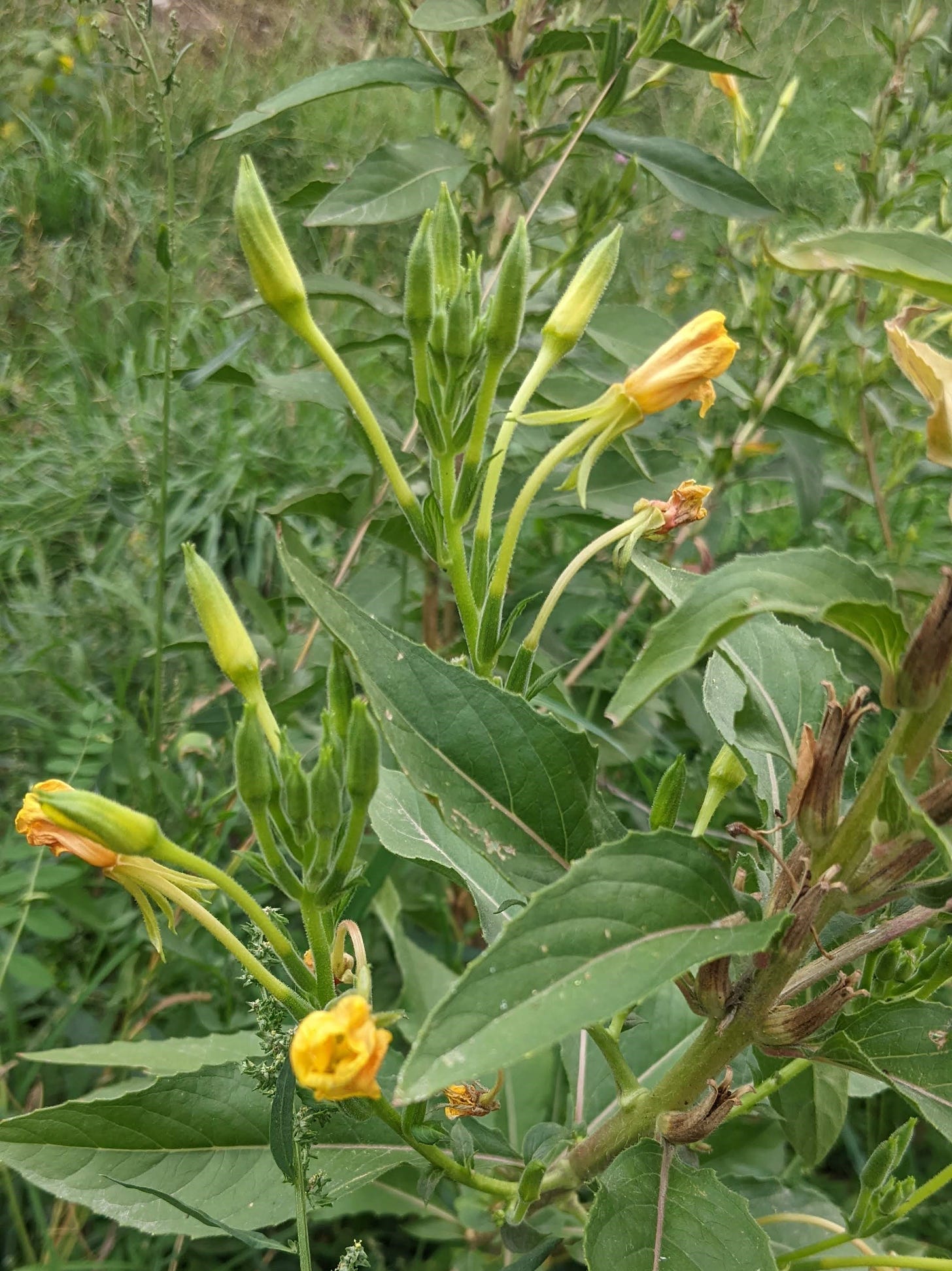

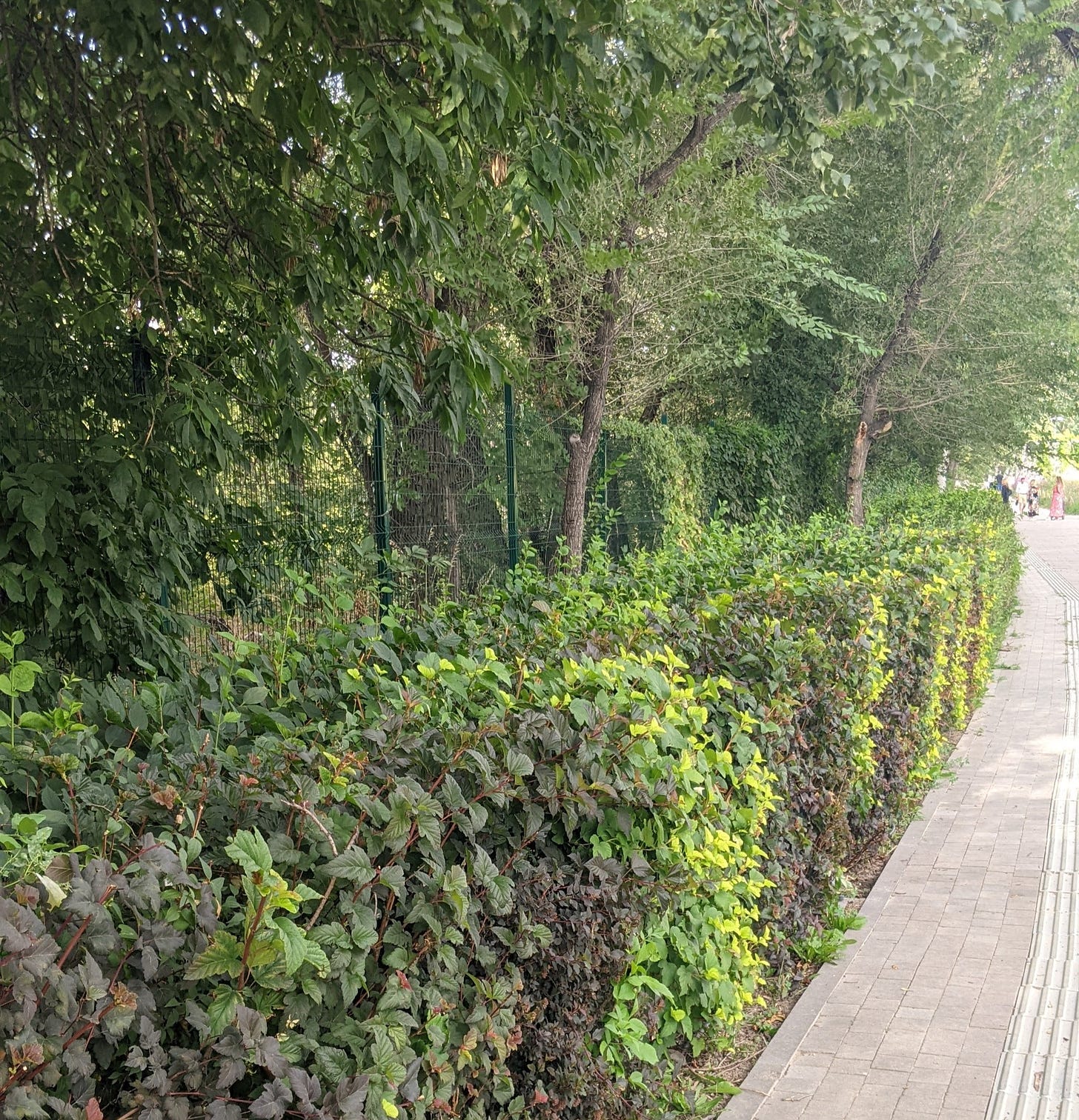

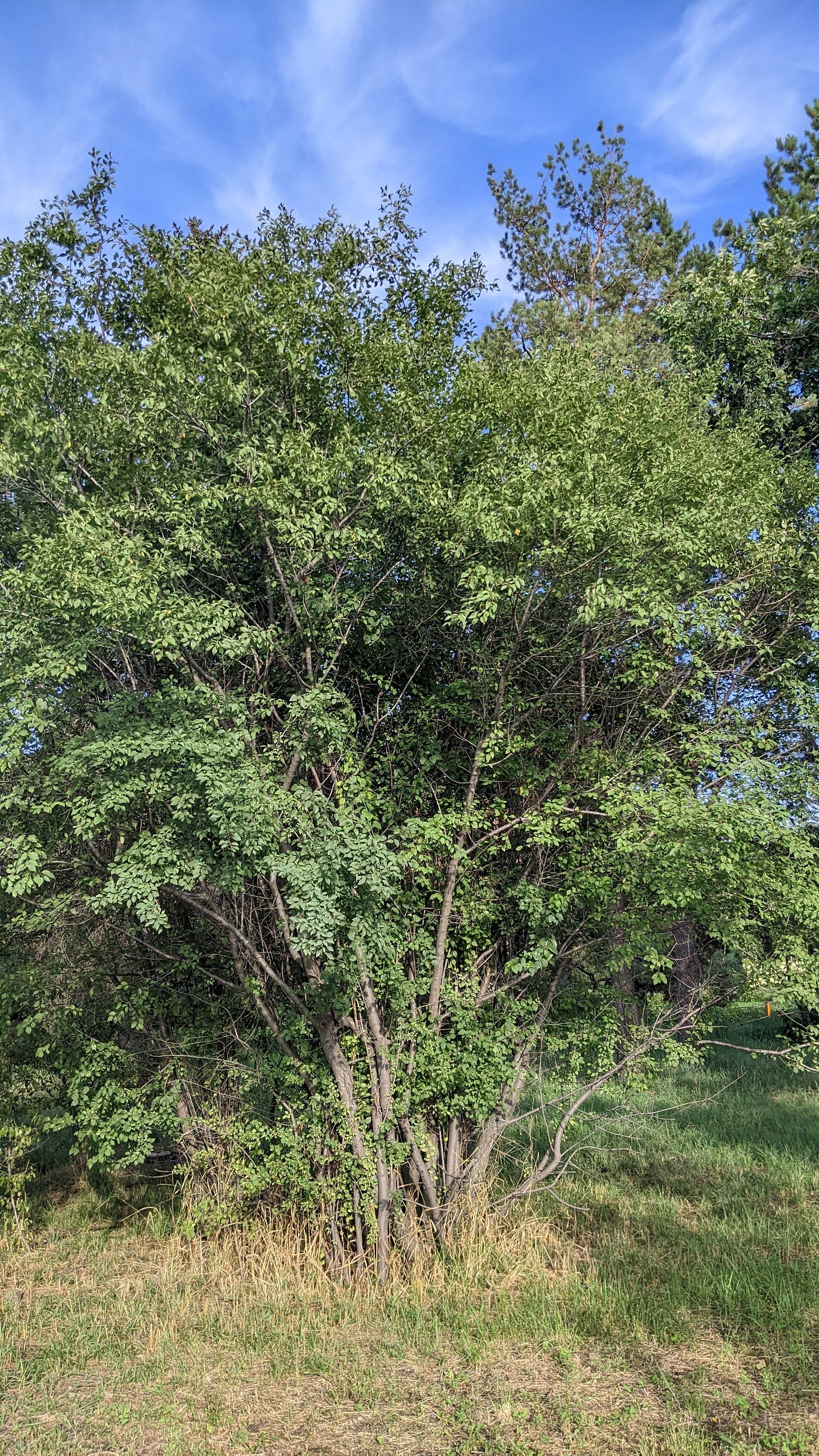
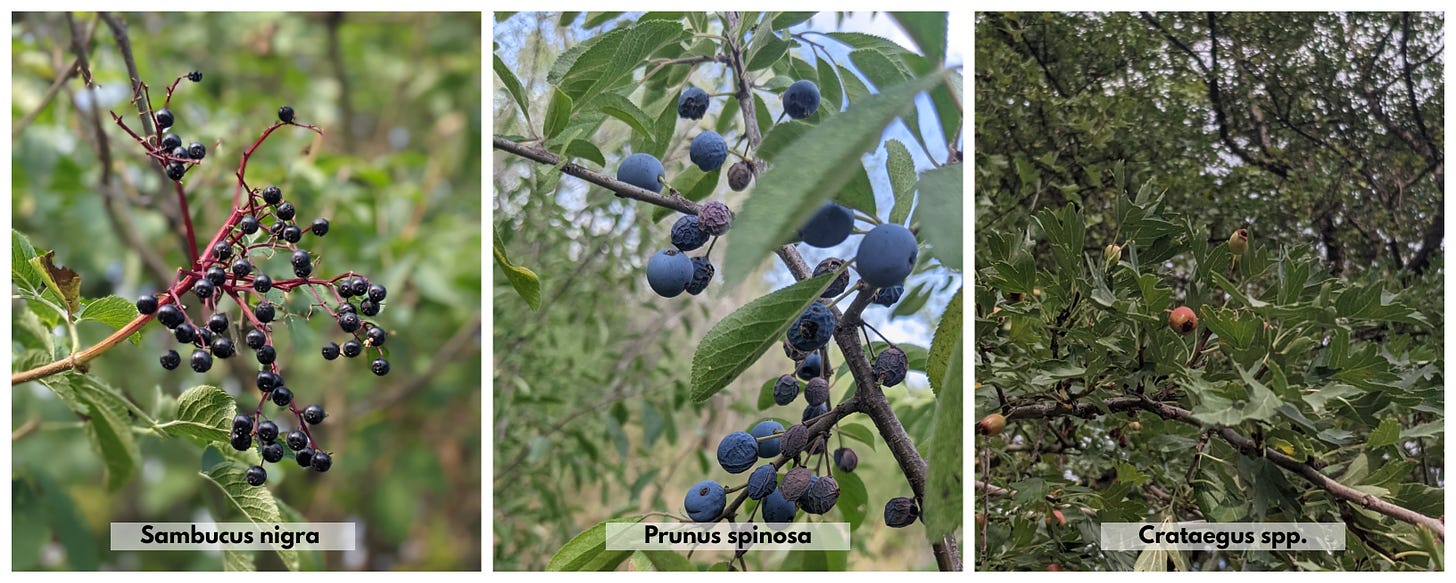

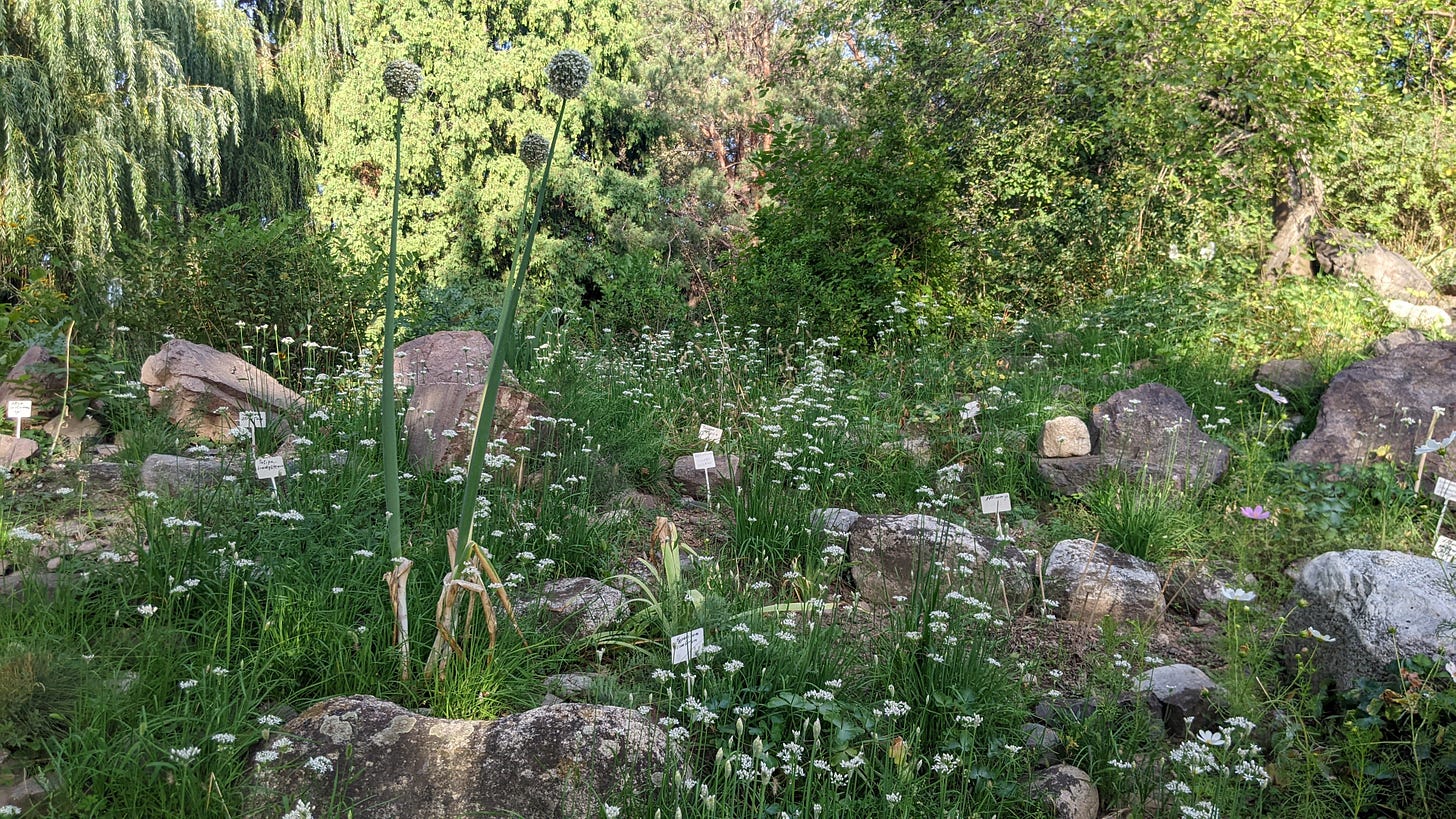
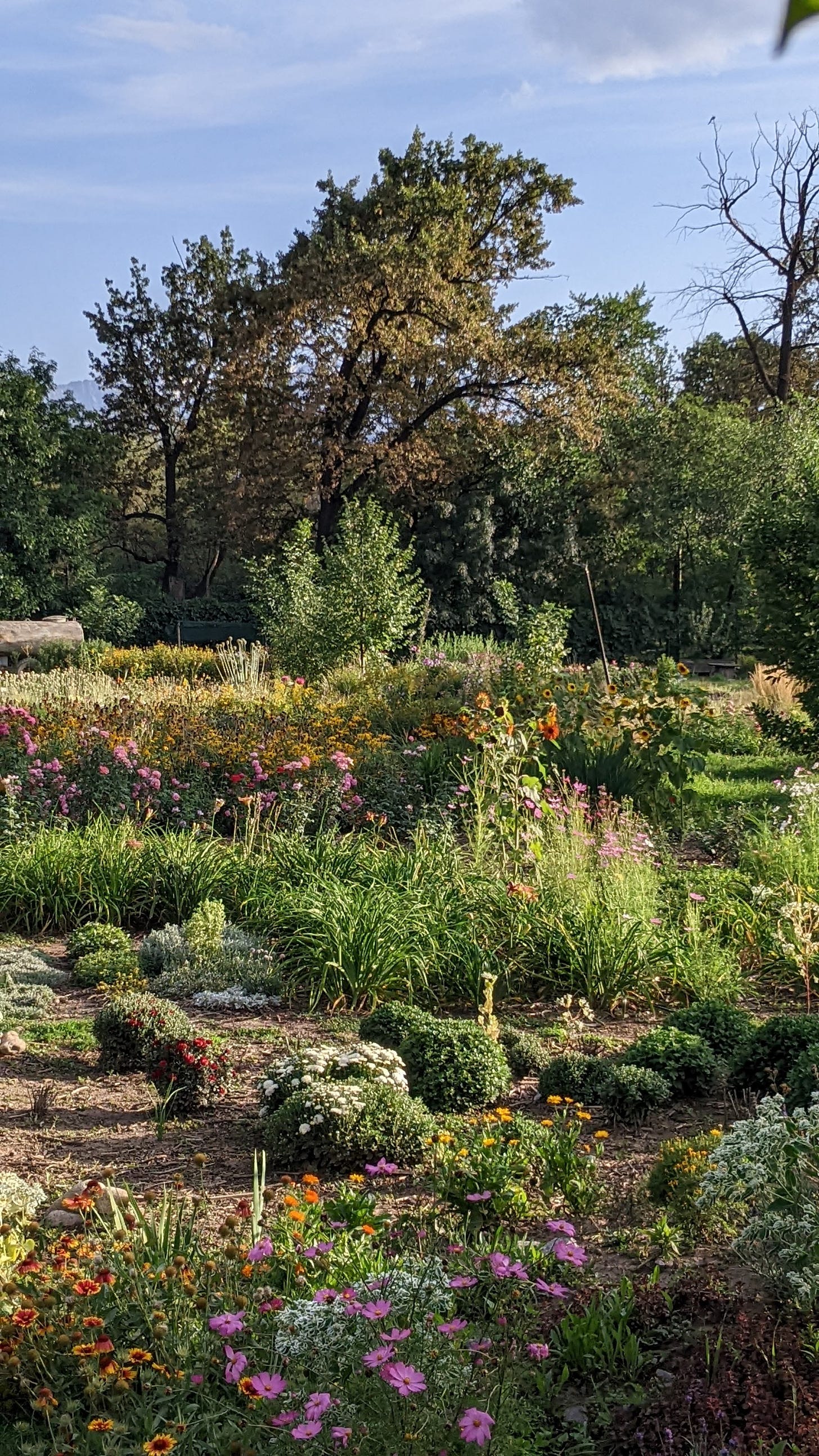
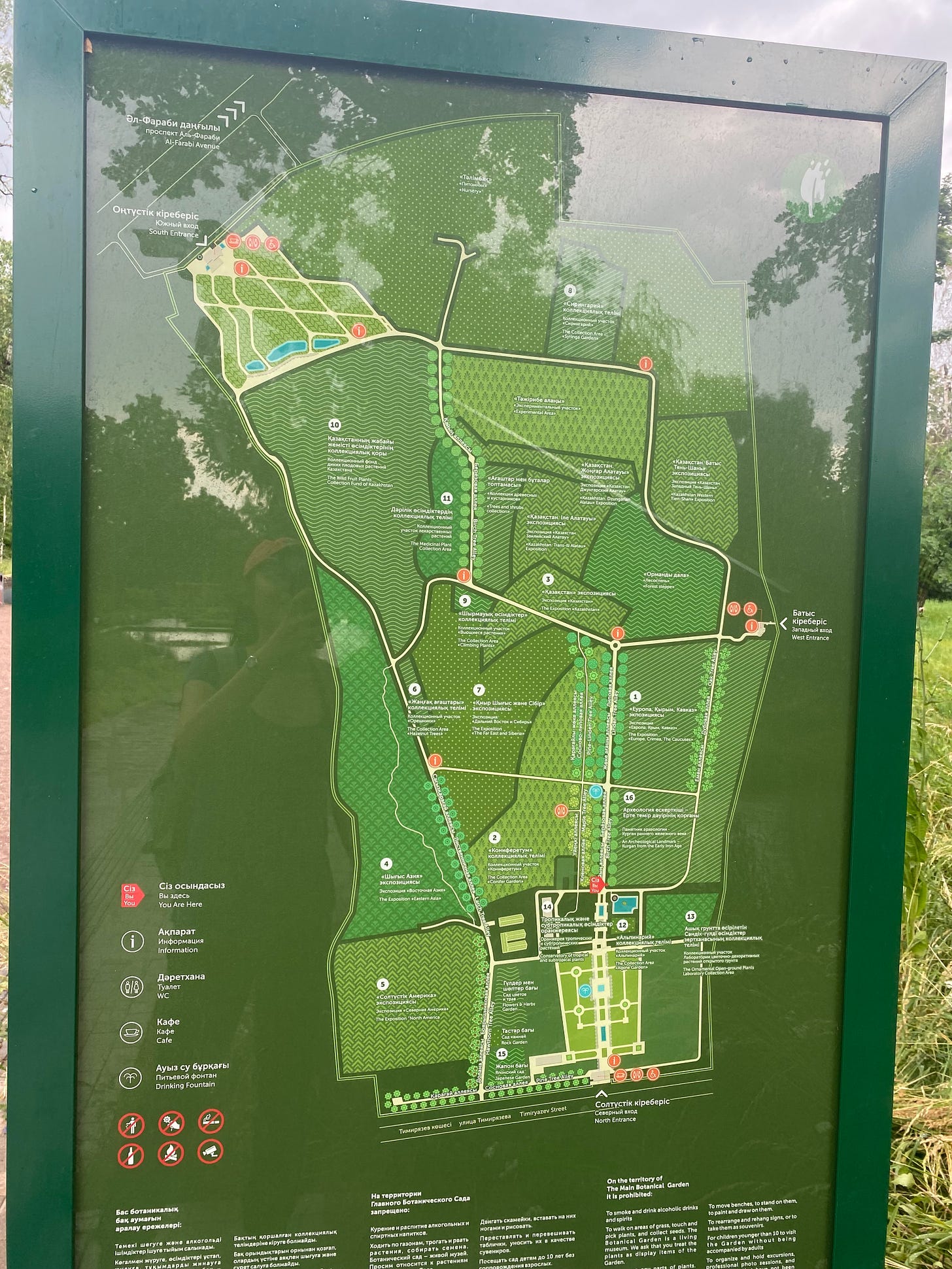
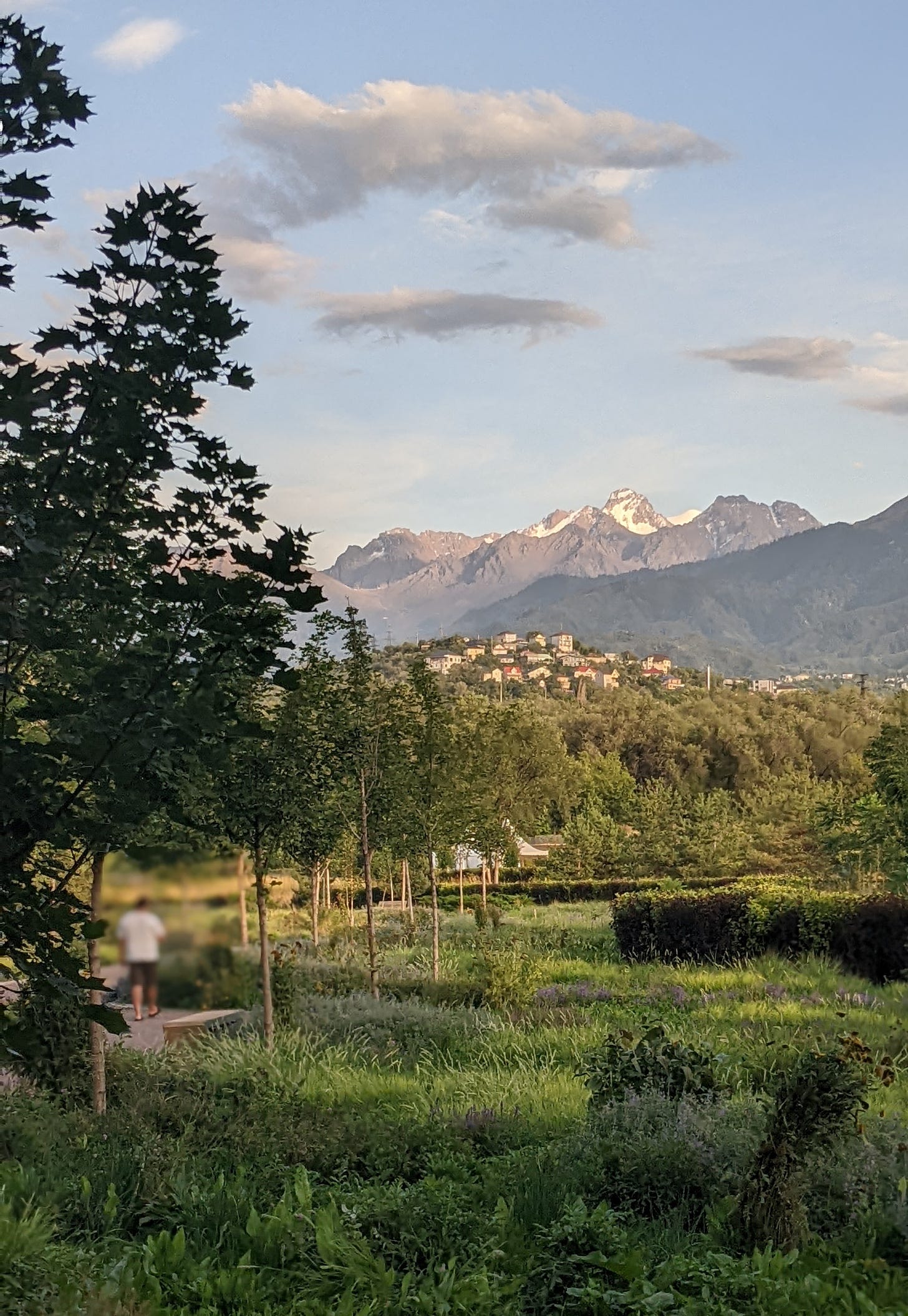



There’s definately a lot to know about this issue. I really like all the points you made.
ReplyDeleteYou have a very good gloss. Write more high-quality articles. I support you.
ReplyDeleteVery efficiently written information. For sure i will check out more posts. Thanks
ReplyDeleteThis article has proven useful to me. Its awesome, I admire this blog here.
ReplyDeleteI will bookmark this blog of yours, its so good. Waiting for your next updates
ReplyDeleteI am reading articles online and this is one of the best, Thankyou for providing this
ReplyDeleteThanks for discuss this, Love learning more on this topic. Extremely helpful!
ReplyDeleteThis is magnificent blog. A fantastic read. I will certainly be back. Awesome piece
ReplyDelete